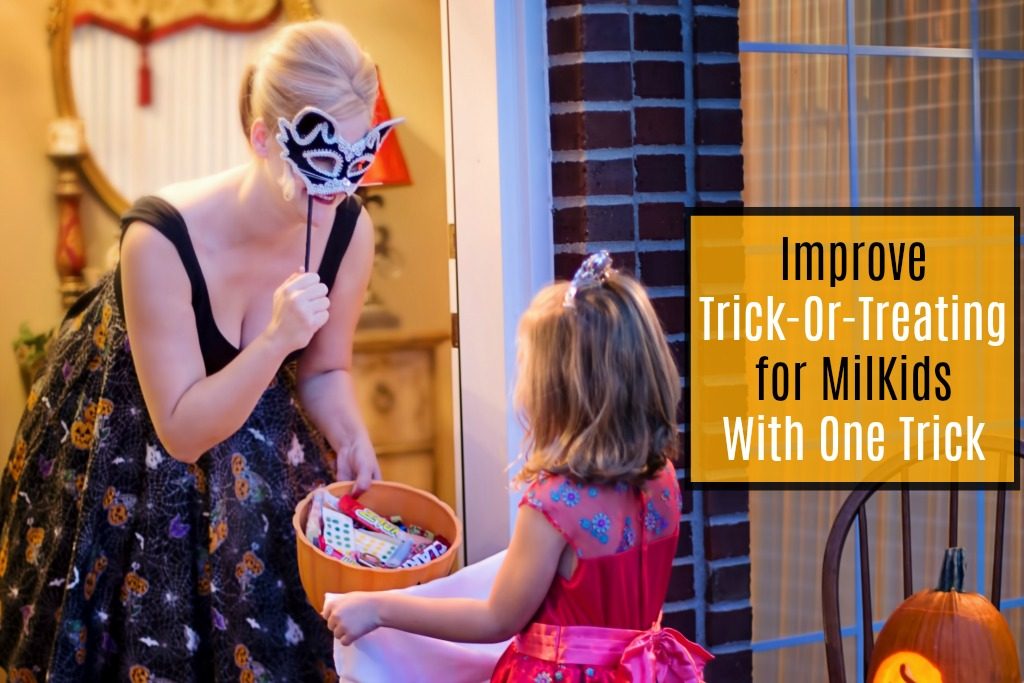The sun is setting, the air is cool, and your excited children are already in costume. You barely manage to get any dinner in them before they are ready to pillage your base housing for candy. You take a few photos and remind them of common courtesies: take turns ringing the doorbell; say “trick or treat;” and always say “thank you.”
As you begin your trick-or-treat adventure, the first house you encounter has a bowl with a sign, “Please take one.” Hmm, oh well. “Hey kids,” you assure, “I bet the next house will have someone home.” As you walk to the next house, and the children debate who gets to ring the bell first, you spot — yet again — another bowl. You note the kids’ disappointment, especially when the next bowl is already empty, and you hope that this won’t be the trend throughout the night. Because let’s face it — it is a bit anticlimactic.

This happened in our on-post neighborhood last year when numerous families (both parents plus kids), decided to trick-or-treat as a family and simply leave a bowl, which was sometimes empty by the time we arrived. My fellow milspouse friend and I were disappointed for our children that the grown-ups chose their need to trick-or-treat as an entire family over the Halloween experience for countless other neighborhood children.
Out of consideration for the little ones in our neighborhood, my friend and I implemented a system. We left the dads at home to pass out treats while we took our little ones around the block. Halfway through the night, we switched, and the dads took the children out while she and I welcomed excited trick-or-treaters.
Although there are legitimate reasons for the bowl, and it is nice to leave one instead of nothing at all, what we noted last year seemed to be more “adult-centered.” My milspouse friend and I were surprised to pass so many families who were all trick-or-treating (mom, dad, and kids), while their houses sat empty with a scavenged bowl.
Here are reasons to consider personally passing out candy/non-food treats versus leaving a bowl:
- Children can take turns ringing the doorbell or knocking when someone is home.
- There’s no saying “trick-or-treat” to a bowl — human interaction wins out.
- Children get to practice the social skills of explaining their costume to a kind stranger asking, “Who do we have here?”
- It provides children the opportunity to practice saying “thank you” to others.
Halloween is a special time to make childhood memories. It is also a valuable experience to dress up, connect with neighbors, interact with others, practice turn-taking, and utilize the manners parents have communicated on repeat. Even if you have to prompt your kids again and again with, “What do you say?” the full Halloween experience with actual people is worth it.
Comments
Powered by Facebook Comments



